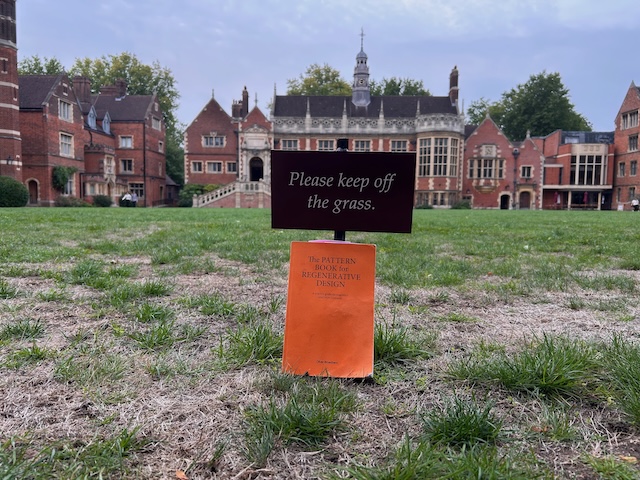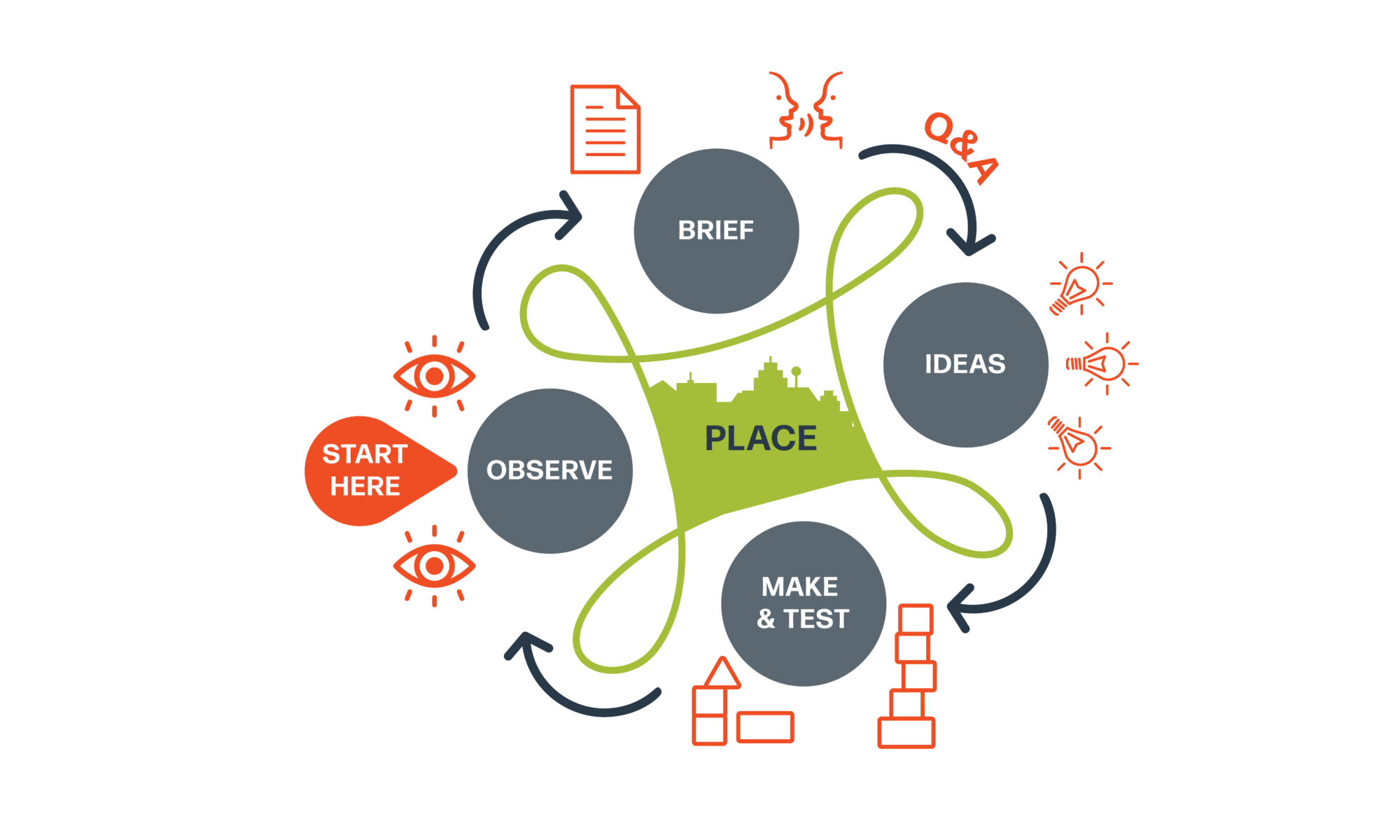Pattern is a word I use a lot. Recently, a reader wrote to say how much they appreciated this use of pattern language in my writing. And that made me pause today and think about why patterns matter so much to me.
A book I regularly return to, usually towards the start of the summer holidays, is How to Read Water, by Tristan Gooley. In this fascinating guide, Gooley shows us how to understand all the complex things that are going on in a body of water by reading the patterns.
In fluid mechanics, we can study the bulk properties of water flowing down an idealised channel – its velocity, discharge and whether it will be smooth-flowing or turbulent. Equations give us the means to predict overall behaviour.
But stand on a real river bank and we will find it much harder to predict the detail of what is going on. Sure, the big numbers stay the same, but the detail becomes impossible predict – where an eddy might suddenly appear and then dissolve; or where a submerged stone might set up a standing wave. Multiple factors interact to create a system that is too complex to predict.
When faced with this sort of complexity, we stop seeking to predict the detail and instead learn to read the patterns, and what these can tell us about the underlying system. That’s what Gooley’s book does so well – gives us patterns to look for that help us understand the underlying structure and behaviour of the water we are looking at.
Patterns show us what the system is trying to do. Its tendencies, what is reinforced and what is absent or removed. They show us the most likely, energy-efficient response to a set of conditions.
Complexity emerges in systems with lots of connections and lots of interlocking factors. And so, straight away, we tend to see complexity whenever we are working with ecosystems, communities and organisations – in other words, in the work of regenerative design.
Patterns are a key to working with complexity. And pattern spotting is a key skill.
Spotting patterns doesn’t necessarily mean we need to copy them. Rather, patterns are clues to what is going on so that we can choose the best response to this complex system.


